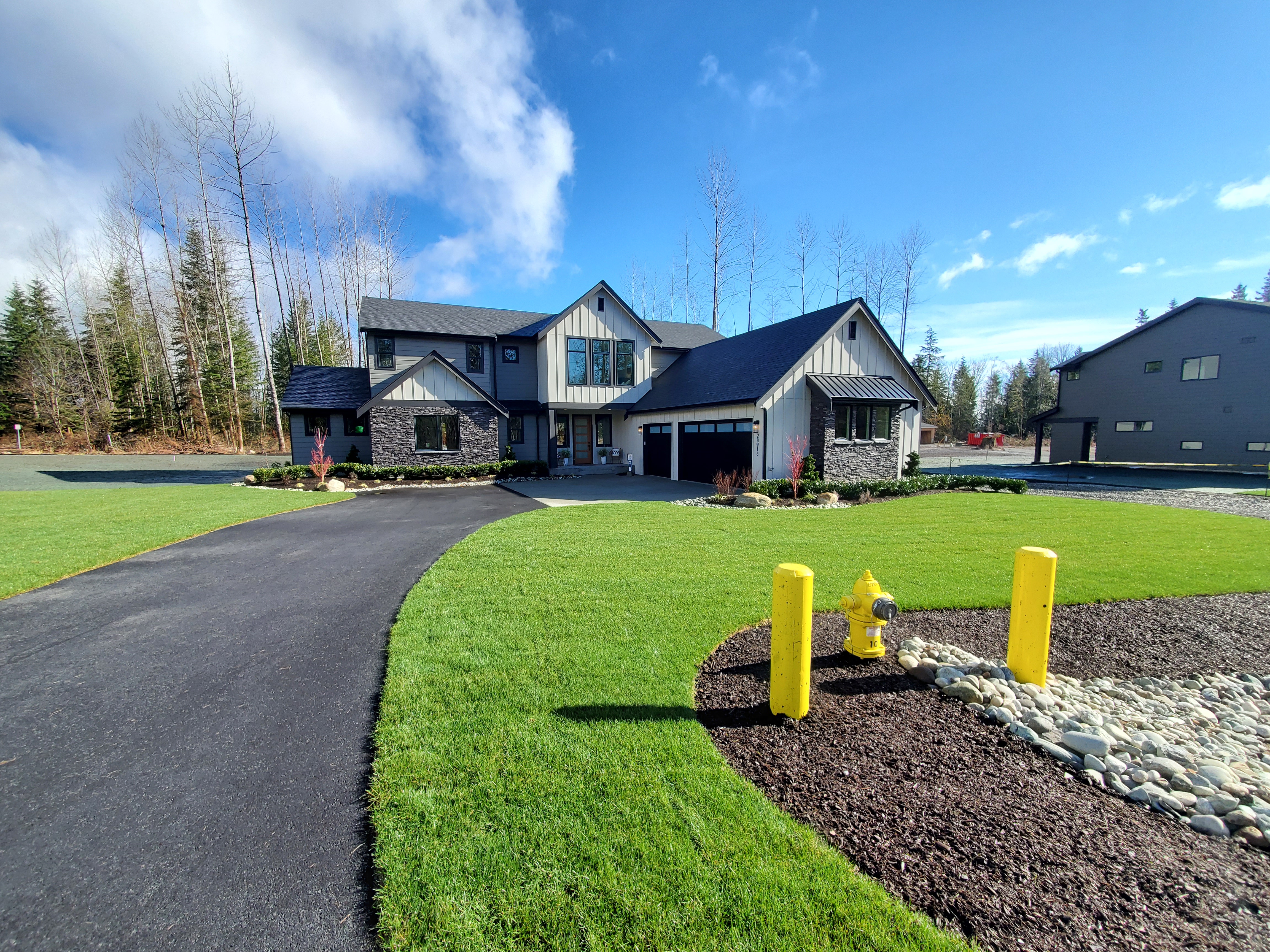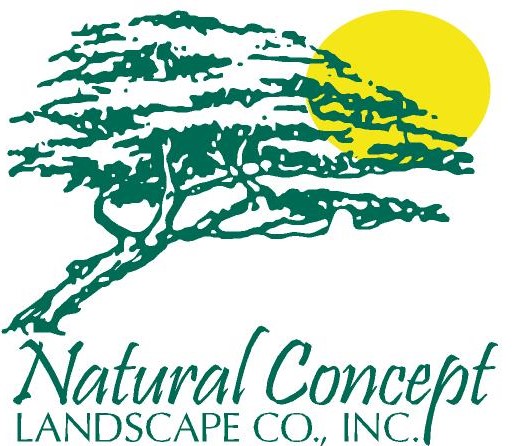Our Services Include
-May: Lawn Care Tips-

MAY: Getting Ready for Summer Spring is the time of year when the sun is warm, the breeze is cool, and the steady hum of lawnmowers once again fills the air. American homeowners take a great deal of pride in their yards, spending about $6.4 billion a year on lawn care, according to the Professional Lawn Care Association of America [source: The Lawn Institute]. They buy seed, fertilizer, herbicide, lawnmowers, string trimmers, and other equipment in an effort to create the ideal lawn: a lush, green expanse of grass that feels cool between the toes. A healthy summer lawn starts with spring maintenance. Winter can alter soil pH, compact the soil, and create conditions friendly to weeds and disease, so it's crucial that you properly clean, fertilize and mow your yard early in the season. So what can you do when winter's receding snow reveals bare spots, invasive plants and other problems with your patch of green? Don't panic -- break out the broadcast spreader and click through our list of spring lawn care tips.
· · Weed Control: May is a pivotal month in lawn care. All the preparation you put into your lawn in the fall and early spring will now pay off. If you fertilized in late Fall or early Spring then, chances are, you have a healthy lawn and few weeds right now. As dandelions and other spring weeds start rearing their pretty little heads the most effective way to control them is to dig them out individually, taking as much of the root as possible (hand weeding is also the most environmentally friendly way to get rid of weeds). Pulling the top off a weed and pouring boiling water down the root is another way to kill it. The best weed control is a healthy rhizomatous lawn which acts as a weed barrier and chokes out foreign weeds and grasses
· Fertilizing: Apply fertilizer near the end of the month. A balanced fertilizer with a 4:1:2 ratio is best. Apply about 1 pound of nitrogen per 1000 square feet and water soon after to get the fertilizer closer to the roots. A Weed and Feed Fertilizer may help if weeds have started to pop up.
· Irrigation: It is time to activate your irrigation system. Having your sprinkler system started up for the season early will eliminate thirsty plants when the rain stops. When the time comes that watering must begin, all you have to do is turn the dial on your controller to the on position and you will be ready to water, ensuring you have a lush green lawn and a healthy landscape. If your sprinkler system was installed properly, turning it on in the spring is relatively easy. Please refer to the diagram, "Backflow Device." · Be sure the manual drain valve is closed. This valve is usually located below or before the backflow device outside your house. · Slowly open the gate valve. This valve is usually located after the meter in the basement on the line going out of your house to the backflow device. · Check the main line, valves, and backflow device for any sign of leakage. Repair breaks as needed. · Open the front cover of your sprinkler timer, find the battery backup (if it has one) and replace. Follow the instructions in your sprinkler's timer manual. Go through all the zones one at a time. Check each zone for water coverage, leaky heads and breaks. · Cut and clean any excess lawn or plant growth away from the sprinkler heads that would inhibit proper operation of the sprinkler head. · Check and make sure the sprinkler heads are level and flush with the grade of the lawn, to insure that they will not be hit my mowers or other lawn equipment. · Be sure your sprinkler heads are at least an inch away from walks or curbing to insure that edgers do not hit them. · Check that the sprinkler heads are adjusted properly and coverage is correct for each zone area. Adjust heads as necessary using your hand and/or tools. Page 3 of 3 · Make sure the sprinkler heads are not clogged. If clogged, unscrew the head casing or nozzle and check the filter at the base or in the stem of the head. Clean out the filter with air or water. Check to see if a stone or other debris is lodged in the nozzle; clean or replace as necessary. · If you experience problems with a particular zone, turn that zone off on the timer so the rest of the system can continue to operate normally. Contact Natural Concept Landscape for service. · We suggest checking your system at least two additional times during the watering season. It is especially helpful to check the system whenever you experience severe weather changes, such as increased rain or periods of drought.
· Watering: Your lawn should receive 1” of water weekly either by rain or irrigation. If you have trouble spots in your lawn and it looks like it needs some extra water, use a hose and sprinkler rather than running a whole sprinkler cycle. Always water deep and long rather than short and frequently.
· Mowing: Mowing will help to bring your lawn out of the winter dormant stage. When you mow your lawn it causes the grass plant to stop focusing on root growth and shift its energy to the blade. Never cut more than 1/3 of the blade off in a mowing and keep the lawn as long as you feel comfortable (we recommend 2-3”). Leave the clippings on the lawn and rake out any large clumps left after mowing. Clippings are about 85% water and leaving them on the lawn will return the nutrients and water to the soil

